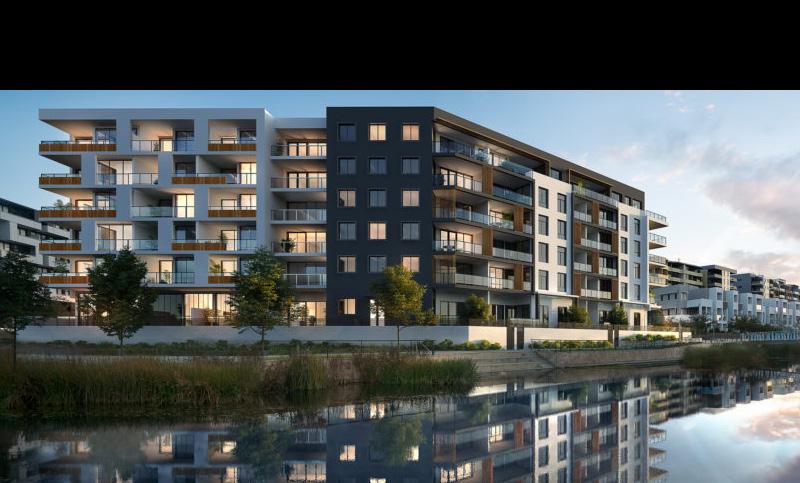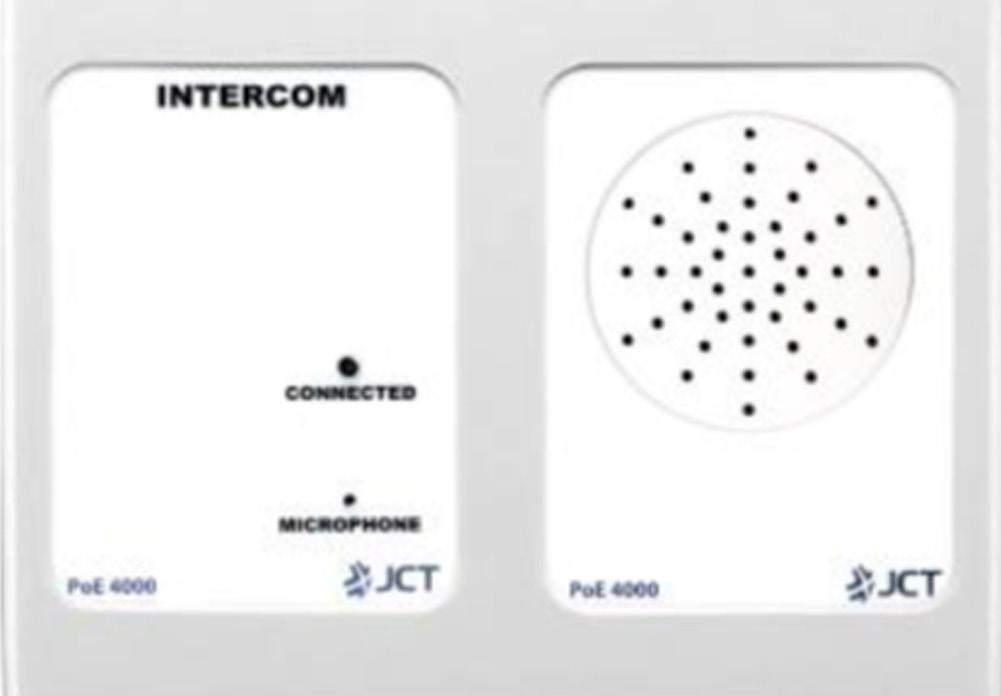
7 minute read
Using the Latest Technology to Create Specialist Disability Accommodations (SDAs)
by Madimack
Madimack is a leading technology provider who is currently working with large scale developers and housing providers to deliver customised automation packages for SDA accommodation. Their emphasis is on improving safety and support for the tenant and care providers as well as providing assistance to builder and developers to meet the requirements of SDAs.
Creating safe and secure accommodations for people with disabilities can be a big challenge because of varying needs and abilities. The biggest challenge can be how to use complicated technology for both emergency communications and home automation in a way that makes it simple and easy to use.
A recent project, The AccessAccom Sheffield Qtr SDA Apartments in Penrith illustrates the challenges of meeting these requirements and what can be done with current technology, This project consists of 10 x High Physical Support apartments with one OOA (overnight on-site assistance) apartment, which is commonly known in the sector as the concierge model. The apartments span over 5 floors with 2 apartments on each floor and the OOA unit on the lower level.
With new models of care and housing there are always challenges and this project was no exception. It started with a detailed analysis of the scope of the project and the final requirements of the tenants. There was a strong need to ensure simplicity and functionality in all the modifications and to ensure that the correct network was installed throughout the multiple levels of housing and in common areas. This would ensure that the care providers’ communication devices worked in every area of the apartments and common areas.

A hospital grade assistance call system was also set up in each apartment to provide safety and security throughout. This was key to the design process as it had to provide a safe, operational, responsive, and cost-effective solution for the care provider.
SAFETY AND SECURITY
The first requirement was to establish a hospital grade assistive call system in each of the tenants’ rooms to provide safety and security throughout. This sends instant notifications to onsite care assistants’ work tablets in case of emergency. The call points were positioned to be accessible and with red, or green covers to represent the levels of assistance required. When the call buttons are used, the level of assistance requested is displayed on the carers’ tablet along with a notification sound. The number of notifications received and the order they’re received in depend on the level of assistance requested.
The system also has a call escalation feature. All the notifications and responses are linked to the site and to onsite carers. When an emergency call is sent, an emergency notification will sound every 30 seconds on the primary care assistant’s tablet. However, if the call has not be accepted after 3 minutes it will be sent to any other logged-in carers’ tablets. And if this secondary call isn’t accepted after a further 2 minutes then it will be escalated to an offsite carer who can respond. This gives the system and residents 3 layers of safety.
There are also other integrated communication solutions. The main living area contains a talk back station which allows direct 2-way communication between residents and the on-site carer. This system can be activated by pressing the red emergency button and is supported through the network VOIP. Each resident is also given a small pendant radio transmitter to wear around the neck or wrist or keep nearby. This is around 3cm x 2cm in size and is fully waterproof with a range of approximately 50m in uninterrupted space. Additional receivers can also be installed in larger areas when needed.

When moving into the apartment, tenants are given a tablet that contains 2-way voice communication software and a call assist buttons. This tablet also contains all the controls for the apartment automation system on one platform. The platform is designed to be simple and easy to learn and use.

Other safety devices can also be installed throughout the apartments when needed to enhance patient care, lower response time, and provide faster access to assistance when needed. These can include seizure mats and movement sensors.
There were several stand-out features inside the apartments. One feature was the smoke alarm power lock out. Most home fires start in the kitchen, so Madimack-Ohmie implemented a system that cuts power to the cooktop, oven, and microwave when the smoke alarm activates as well as switching lights in the kitchen on in a red colour to alert attention for hard of hearing persons. This adds an additional level of safety to the tenants and apartments.
The Uninterrupted Power Supply (UPS) system was also a stand-out. This was critical to the tenants and implemented throughout the project, including in the access controls for entry doors and bedroom electrical systems that support medical equipment. This would allow for continued operation even during an interruption in regular power supplies.
This extra layer of safety was also extended to the communication system and network, with UPS back up and a 4G failover to ensure continued communication. The system is designed to notify all care assistants when the UPS system is engaged. This notification is treated as an emergency call would be, so the escalation process can be applied if needed.
HOME AUTOMATION AND INDEPENDENCE
Home automation in the apartments went above and beyond expectations to create a fully functioning and simple to use system that caters to most abilities. All the modifications were brought together in a custom designed interface that operates on a single platform. This platform was designed with larger icons and an intuitive image display to create simple, straightforward navigation.
The home automation is designed on a module system which allows for cost-effective and seamless future additions. It’s also an open system that allows for the integration of a multitude of devices and hardware. This increases the cost effectiveness of the system and opens the door for future upgrades of non-smart systems and integration with other smart home automation being brought into the apartment.
The system is powered using Google. This means that tenants can operate their device up to 5 different ways, including motion detection and hands-free voice control. The system uses Google’s extensive voice control software, which means that it has access to sophisticated voice recognition algorithms that can detect sounds and words across a wide range, including difficult to hear or slurred words. It also offers voice recognition which allows for greater user security.
One of the reasons why Google was chosen for this project was for its non-discriminatory approach to devices. This means that tenants can also use Apple devices or other brands to use the automation platform.
Google allows thousands of home devices to be added seamlessly to the network. It also allows for the integration of software which can activate several devices at once with a single command.
For example, saying “Hey Google, I’m going out” can open the front door, close the blinds, and turn off lights for a truly hands-free experience. This software can also be timed to perform specific actions at certain times of the day such as opening the blinds in the morning or locking up windows at night.

The automation platform can be accessed from multiple devices from anywhere with internet access. Tenants have complete control of their automation options at any time whether they’re using a phone or a laptop. They simply need to be able to use a web browser and access the system using their credentials for full access and functionality.
Methods of control are tailored to individual needs, but typically consist of: voice control, manual control, motion detection, wall touch buttons, tablet-based cloud control, automated timer-controlled scenes, and automated event activated devices. These give tenants complete control of: front door and balcony doors, all internal doors for privacy, lights with dimming functionality, blinds and windows.
This is a complete system that combines the latest software and hardware with flexible systems that will allow for future changes. This allows for home automation and security that can be customised for any tenant to enhance their current and future independence.

A Message From Matthew Valenti (AccessAccom Managing Director)
We engaged Madimack to design and deliver the assisted living technology platform for our SDA Apartments in the new Sheffield Qtr precinct of Penrith, Western Sydney. Their response to our brief resulted in a fully integrated solution which far exceeded all expectations and we believe their platform is now being taken up widely across the sector as the new benchmark. Alex and the team are fantastic to work with, focused not only on client satisfaction for us but also our tenants. They provide great customer service and have a commitment to continuously improving the useability for participants with the highest levels of needs.
Find out more about our SDA solution https://www.madimack.com.au/assisted-living









